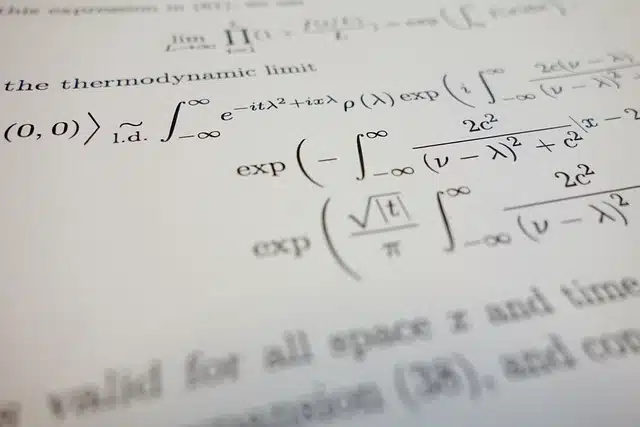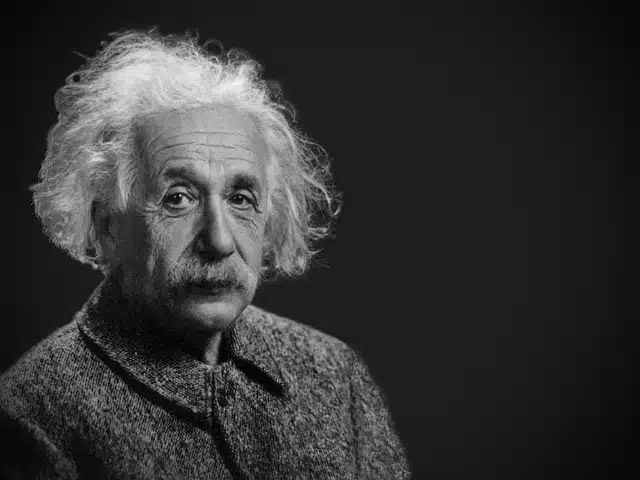
An equation is an equality that presents one or more unknowns.
According to mathematics experts, an equation (a concept derived from the Latin aequatio ) constitutes an equality where at least one unknown appears that requires to be revealed by whoever solves the exercise. Each of the algebraic expressions that allow us to know the data (that is, the values already known) and the unknowns (the values that have not been discovered) linked through various mathematical operations are known as members .
It should be noted that the data included in an equation can be numbers , constants, coefficients or variables . The unknowns, for their part, are represented by letters that replace the value you are trying to find.
Equation example
A simple equation is the following:
4 + x = 9
In this equation, 4 and 9 are the data , while x is the unknown. The equation can be solved in the following way:
4 + x = 9
x = 9 – 4
x = 5
The value of the unknown, therefore, is 5 .
The term in chemistry and astrology
In the field of chemistry , however, an equation is understood as the expression that, symbolically, represents a chemical reaction. With it, therefore, it is possible to indicate the relative quantities of both the reactants and the products.
In the field of astrology , likewise, an equation is characterized by being the difference that emerges from the comparison of the average movement with the true or apparent displacement of a star.
Equation in everyday language
It should be noted that the term equation is used in everyday language to refer to formulas or calculations that involve different variables.
For example: “If I buy a new car for $30,000 and I don't get a promotion at work, the equation is not going to work,” “The equation, in my opinion, is simple: you should resign from your current position, invest the money that you have saved and open your own company.”

The theory of relativity is an equation proposed by Albert Einstein.
The theory of relativity
Without a doubt, the most famous and misunderstood equation is that of Albert Einstein 's theory of relativity, which represents an enormous step for 20th century science : E = mc2 . Although he was not the one to develop the concept of relativity in the first place, his work attempted to demonstrate that the speed of light is constant if it is in a vacuum.
Basically, physicists divide the theory of relativity into two distinct parts or versions: the special one , which studies the possible relativity of inertia and motion , as well as the repercussions of what Einstein conjectured, and the general one, which is It focuses on the acceleration of particles and radically questions the theory proposed by Newton , since it predicts different results for bodies that move at high speeds, that have a large volume, or both.
Although the latter can faithfully reproduce all of the predictions proven in Newtonian theory, it takes the understanding of some of its basic principles to new horizons . For example, Newton had developed that gravity worked in empty space, although he did not delve into reasons why the distance and mass of a certain object could be transmitted through it. In this case, Einstein's vision helps resolve the paradox, demonstrating that movement persists in a straight line, although it is observed by us as acceleration, since the space-time relationship has a curved nature.
In recent times, both parts of the theory have been tested to a very high degree, as they have served to corroborate countless important predictions, such as that of the solar eclipse, which proposes that the sun deflects light coming from the stars when it approaches it while heading towards Earth.
